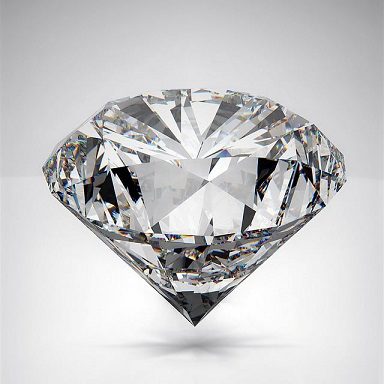
Diamonds Aren’t Forever
I remember vividly the UK’s years of high inflation in the 1970s, which included strikes by the coal miners union, power cuts, and rationing. We bought in bulk because prices were going up by double digits annually. The period was marked by a deep recession from 1973 to 1975, during which the price of a barrel of oil quadrupled.
The stock market suffered dramatic losses while the price of antique furniture appreciated at the rate of inflation or greater. This was a time when some would talk of antiques as a better investment than stocks or bonds. The assumption was that there would always be a demand for beautiful Georgian furniture. Roll forward 50 years, and “brown furniture,” as it is referred to today, can hardly be given away!
I am the executor and trustee for an estate, where one of the assets is a 5-carat diamond ring. It was purchased some 30 years ago for around $50,000. Decades ago, there was a sense that diamonds would appreciate over time and at least at the rate of inflation. On that basis, the ring should now be worth around $120,000. Alas, not true. As a fiduciary, I met with several specialists in the diamond trade to obtain the best price. The refrain was that the style of cut was no longer fashionable. The diamond would probably need to be recut into a shape more in demand even though that would reduce the carats. The best offer was $26,000! So much for “appreciation.” The offer represented a 50% loss in value over 30 years or around minus 2% per year. With inflation at 3% annually over that period, the loss in real terms was about 5% per year! The Wall Street Journal has attributed the decline in real prices for diamonds to the advent of synthetic diamonds, which cost about one-tenth the price and are more environmentally friendly than their mined counterparts.
But this story ends well… sort of. Not satisfied with the answers I had received from the dealers, I approached a firm specializing in advising where to obtain the best prices when selling jewelry and collectibles. They approached three top auction houses that specialize in these sales and were able to negotiate a deal where the auction house featured the diamond prominently in a sale without charging a commission to the seller. The stone was remounted as originally cut and the reserve was set at $25,000. The final bid came in at $32,000, almost 30% more than the best price quoted earlier.
For those of you who love jewelry, there are several lessons to be learned from this experience. Enjoy your pieces for their aesthetic appeal, just like art, but it is probably unwise to view them as an investment. And when it comes time to sell, know that there are many alternatives to obtaining the best price. Finally, I hope we do not experience a world again where your diamonds need to be sewn into the hems of your clothes to secretly transport wealth!
Nick Hoffman

